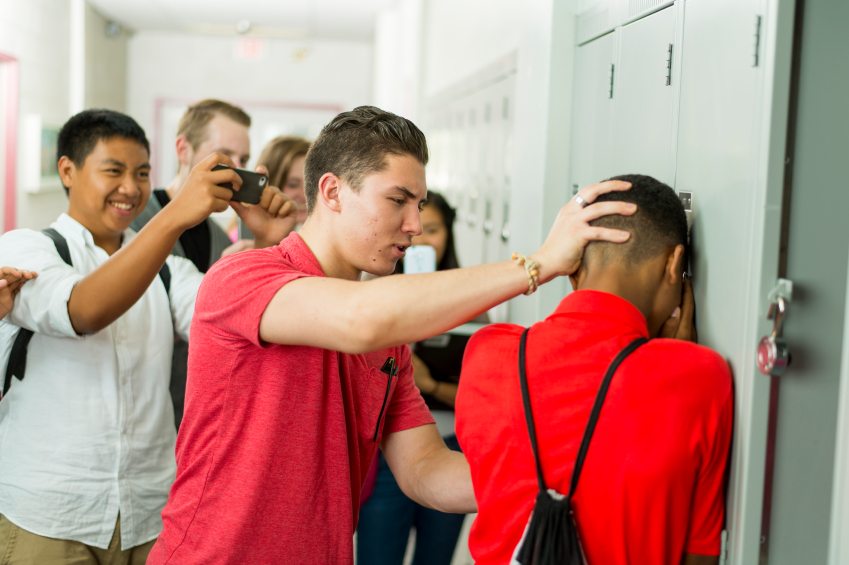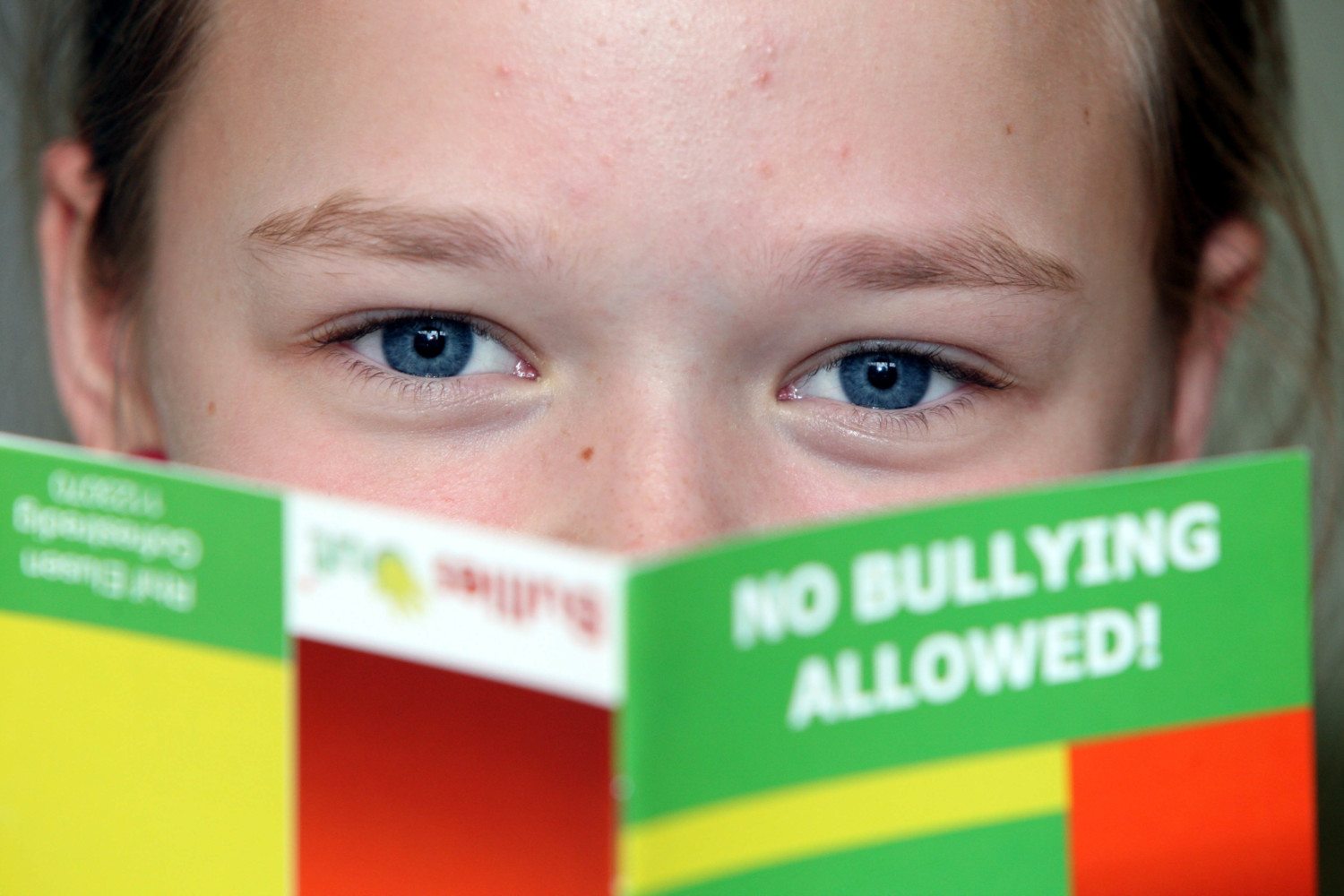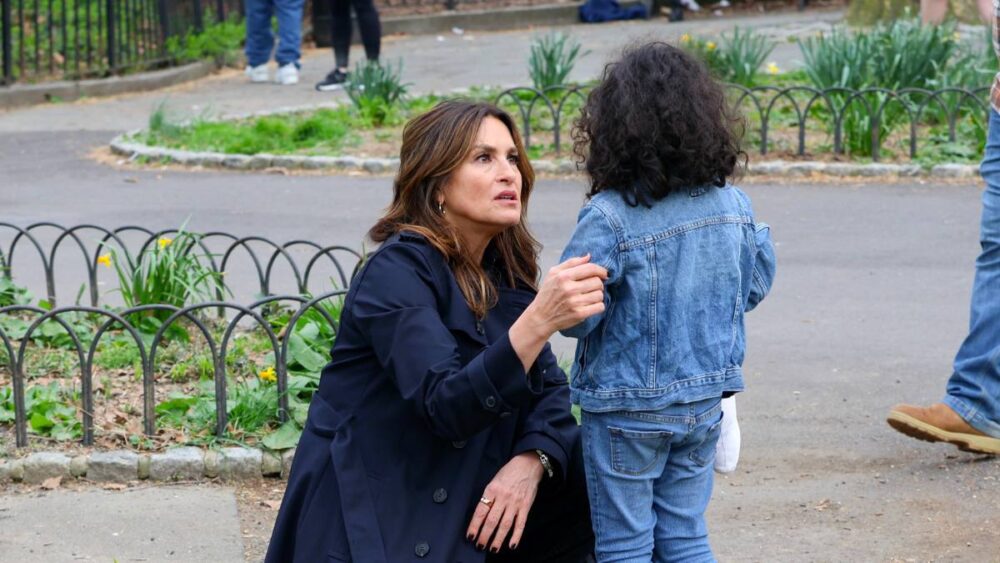How to know when bad behavior becomes bullying behavior
I have a confession to make. I once pegged my oldest daughter as a bully.
As a mom of two girls, I spent seemingly countless hours talking with them about getting bullied. I told them what to do if they were bullied or saw someone being bullied (tell, of course!). I thought I had it covered.
Then, one day I get a phone call from my neighbor. It seemed my oldest (who was about 13 at the time, I believe) decided to either kick or throw something at her daughter while they played. The mom sent my daughter home and wanted to let me know. I thanked her, hung up the phone and wondered when and how my daughter became a bully.
By the time she came home, my anger boiled over and I repeatedly yelled, “How could you do this? I won’t stand for bullying!”
It turns out, I jumped the gun a little bit.
A Non-Emotional Definition Of Bullying
As parents, it’s easy for us to create the worst-case scenario in our minds when it comes to bullying. It seems like we can’t go a day without hearing or reading about bullying in schools and online. Surveys show that 21 percent of students ages 12-18 experience bullying at some point.
However, as parents, we also need to understand that not all bad behavior between children qualifies as bullying. There is a difference between bullying, teasing, being mean and just plain rudeness.
In an article on Huffington Post, author and school counselor Signe Whitson was sure to point out that distinguishing the difference between “mean behaviors” and bullying is not to diminish the negative effects of being mean—and it’s certainly not telling parents to let kids off scot-free for bad behavior.
“Make no mistake,” Whitson writes. “Mean behaviors can wound deeply and adults can make a huge difference in the lives of young people when they hold kids accountable for being mean. Yet, meanness is different from bullying in important ways that should be understood and differentiated when it comes to intervention.
Her point, as is mine, is to help concerned parents better understand when the line into bully territory has been crossed. As it turns out, bullying does have specific characteristics that many experts agree upon:
1. Bullying intends to cause harm
Just because someone does something that hurts someone’s feelings doesn’t mean that child is a bully. A bully acts with the deliberate intention to hurt another, whether it’s emotionally or physically.
2. Bullying happens repeatedly
Bullying isn’t a one-time (or even two-time) thing. According to StopBullying.com, “bullying behaviors happen more than once or have the potential to happen more than once.” In other words, bullies don’t usually stop with just one incident. They’ll either continue harassing someone or threaten to do so in the future.
3. Bullying shifts power
The bully wants to grab power from his or her victims. The behavior means to control, dominate or belittle someone. This can happen through physical contact, verbal attacks, excluding people from groups and cyberbullying.
Rudeness Does Not Equal Bullying
Bad behavior and tension between peers do not equal bullying, in most cases. Calling someone a name, a push or a shove, or insulting someone doesn’t make a person a bully. It makes them rude.
No one wants to see a child’s feelings get hurt, but parents should not immediately “cry wolf” by labeling another child as a bully. Doing this can diminish the seriousness of actual bullying. We need to know and understand this so we can correctly teach our children the difference.
Reasonably Hold Children Accountable For Behavior
In my case, I totally blew it with my daughter. Based on her one poor choice, I immediately tried, convicted and labeled her. What she did was 100 percent wrong, of course. And I marched her back over to her friend’s house and made her apologize to the friend and her mom.
However, even the mom, who saw my distress, assured me she knew this was a one-time thing. She just thought it was best to send her home to diffuse the situation. She knew the difference between rude behavior and bullying.
Later, I apologized to my daughter for my blow-up. I was so worried about her being a bully, that I didn’t stop to think about the day’s events reasonably.
The list of children who’ve committed suicide as a result of bullying continues to grow. As parents, we need to do everything in our power to minimize the presence and impact of bullying. But let’s also keep in mind that sometimes people are just mean and rude. As long as we keep our kids accountable for their behavior in a rational way, we’re doing our job!







